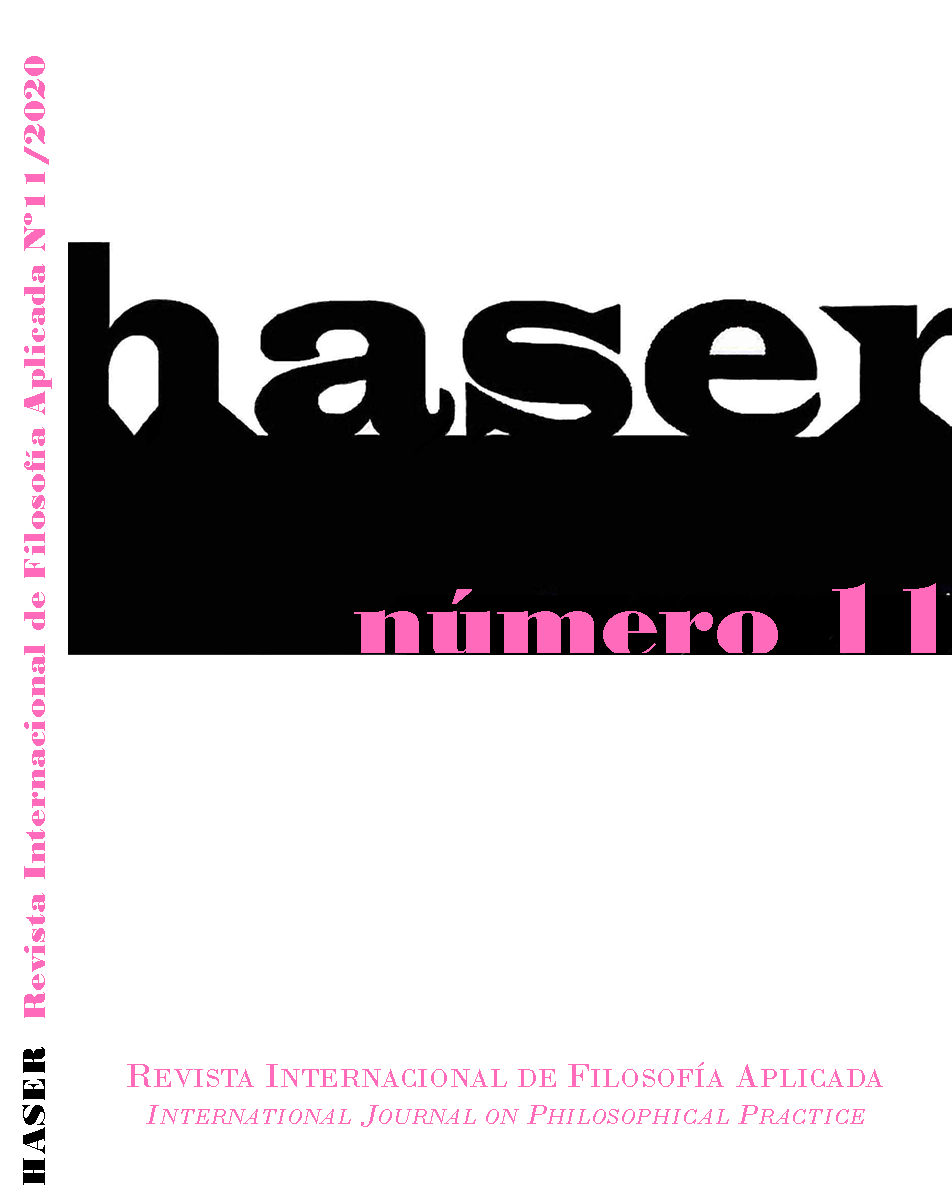LA ENSEÑANZA DE LA FILOSOFÍA DESDE UNA PERSPECTIVA DE FILOSOFÍA CON NIÑOS
Resumen
En el siguiente escrito nos proponemos pensar la enseñanza de la filosofía a partir de la experiencia obtenida a través de filosofía con niños. Para ello consideramos necesario abordar el trabajo de la siguiente manera. Primero definiremos qué entendemos por filosofía, luego haremos lo mismo con el concepto de enseñanza; y por último intentaremos proponer cómo entendemos la enseñanza de la filosofía, a partir de las herramientas obtenidas en filosofía con niños. Consideramos que la Filosofía es una disciplina cuya enseñanza puede representar un problema, pero no cualquier tipo de problema. Sino, que este es, a su vez, un problema filosófico y también, un problema político. Entonces, recurrimos a FcN para adoptar estrategias que nos ayuden a transmitir la filosofía como práctica de la mejor forma posible. Generalmente, comenzamos a indagar y a reflexionar acerca de la práctica docente, con suerte, una vez que estamos próximos a ingresar al aula. Otras veces, cuando nos ha tocado estar frente a estudiantes y no nos esperábamos esa situación.Si realmente nos interesa la enseñanza de la filosofía de manera que no se convierta en una mera transmisión de un conocimiento académico, sino que buscamos que los estudiantes se apropien de la filosofía y la tomen como una forma de vida. Si buscamos que la filosofía les permita reflexionar acerca de las experiencias que les tocan vivir, y que a partir de esa reflexión crítica puedan construir sentido. Si pretendemos que en las clases de filosofía surja el debate, el diálogo atento, se construyan comunidades de investigación. Entonces, nuestra forma de hacer filosofía en el aula, debe estar guiada, debe estar nutrida por FcN.
Descargas
Descargas
Publicado
Cómo citar
Número
Sección
Licencia
Los autores/as que publiquen en esta revista aceptan las siguientes condiciones:
1. Los autores/as conservan los derechos de autor y ceden a la revista el derecho de la primera publicación, con el trabajo registrado con la licencia de atribución de Creative Commons, que permite a terceros utilizar lo publicado siempre que mencionen la autoría del trabajo y a la primera publicación en esta revista.
2. Los autores/as pueden realizar otros acuerdos contractuales independientes y adicionales para la distribución no exclusiva de la versión del artículo publicado en esta revista (p. ej., incluirlo en un repositorio institucional o publicarlo en un libro) siempre que indiquen claramente que el trabajo se publicó por primera vez en esta revista.
3. Se permite y recomienda a los autores/as a publicar su trabajo en Internet (por ejemplo en páginas institucionales o personales) antes y durante el proceso de revisión y publicación, ya que puede conducir a intercambios productivos y a una mayor y más rápida difusión del trabajo publicado (vea The Effect of Open Access).


